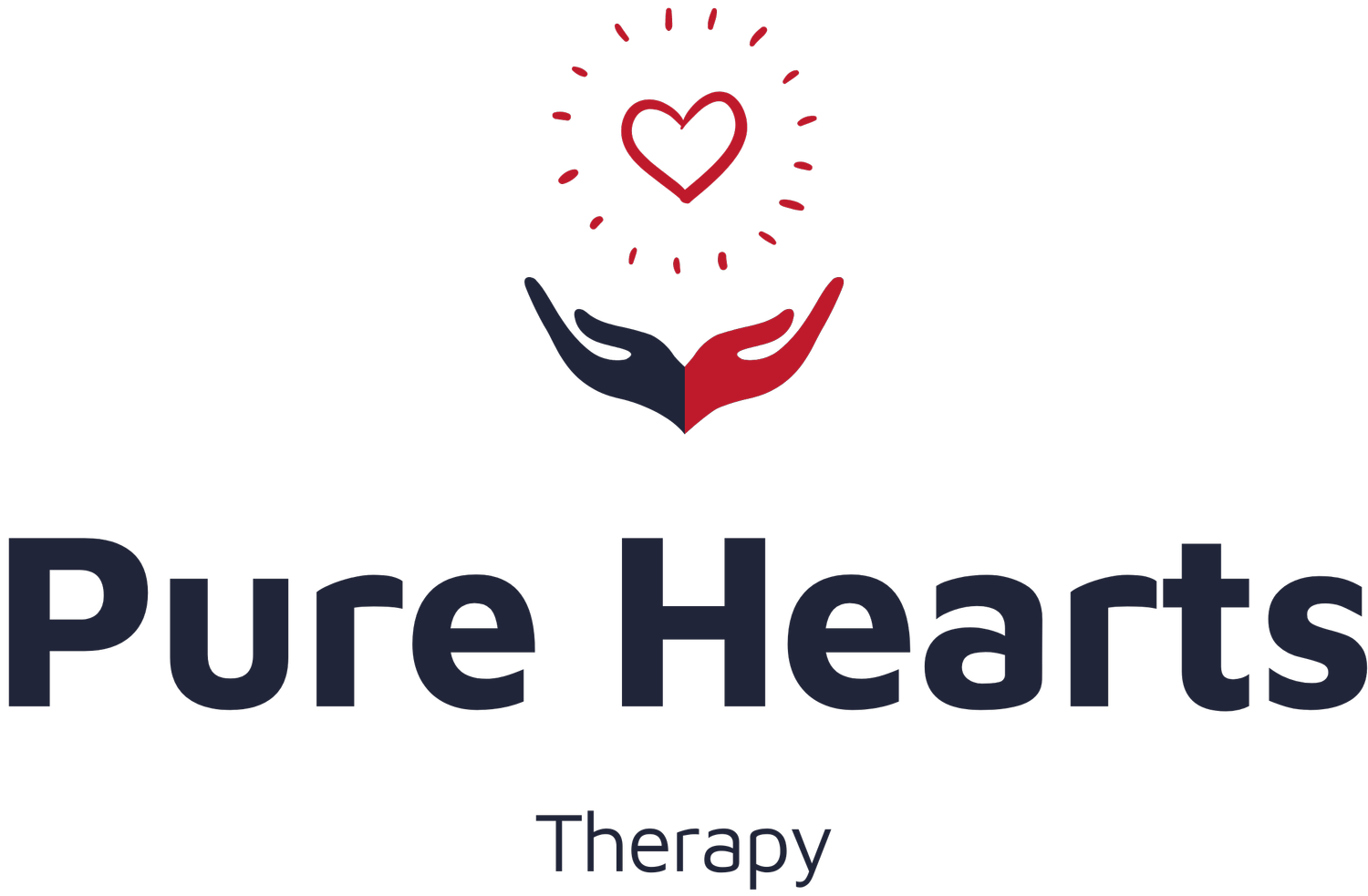Dynamic Movement Intervention (DMI) can help your child's gross motor skill development
Guest:
Rebecca “Becca” Stoddard is a pediatric occupational therapist and owner of Breakthrough Therapy based in Phoenix, AZ. Becca is enthusiastic about working with children and their families to help them achieve their gross motor milestones. Becca has completed 2 courses on Dynamic Movement Intervention (DMI). She plans to complete a 3rd course at the beginning of the year. With experience in visor therapy settings, Becca uses both intensive DMI therapy and ongoing weekly DMI therapy at her practice. She also offers a free gross motor skills screening that can be done virtually, in person, and at home.
Interview:
What is Dynamic Movement Intervention (DMI)?
DMI is a specialized, hands-on technique focusing on head control, trunk control, and achieving gross motor milestones. Some of those milestones are rolling, sitting, balancing, crawling, standing, and walking. DMI exercises look different from the traditional therapy approach. Some exercises use gravity and a lot of sensory input to get automatic responses from the child to help them reach milestones. There is also a unique box set that is used as the child gets older and progresses. One of the main parts of DMI is an emphasis on neuroplasticity. That’s a fancy term for creating new connections in the brain. The key factor in achieving this is repetition to create those new pathways.
How do I know if my child would be a good fit for DMI therapy?
When a child exhibits gross motor delays, it can be things like the inability to hold their head up, not being able to roll, and the inability to maintain balance while sitting up. In a study, gross motor delays can occur in up to 68% of children with autism. Children with autism are more at risk of delayed gross motor skills.
What are some red flag diagnoses that might be indicated for gross motor delay?
There is a wide range of diagnoses that can include gross motor delay. Some of the main ones are cerebral palsy, spinal cord injuries, traumatic brain injury, gross motor delays, and development delays. Every child is different and can be a possible candidate that can benefit from DMI therapy.
What is an example of what DMI therapy may look like for a child?
One example could be putting a child in an inverted upside-down position to work on core strength. The brain will automatically want to be upright when in an inverted position. Putting a baby in that position will force the body to create the desired response to be upright. Another example would be an exercise focusing on walking and stepping up on a surface. The thigh would be supported as the child tries to step up onto a box. DMI support goes from proximal to distal. As the therapy progresses, the support will go from the hips to the thigh to the ankles.
What can a parent do at home to help their child strengthen and build gross motor skills?
Parents can take their children to the playground and practice going up steps without holding onto the railing. With a baby sitting on the lap, lean him/her backward, and give the baby a chance to try and sit up to build belly muscles that work out core strength. When laying down, aid the baby with holding him/herself up with his/her arms and exercises on the knees. A website Becca refers her clients to is pathways.org as a reference to what to expect maybe their child to be doing at certain ages.
Recap:
- Work on core strength
- Encourage play in various positions
- Physical play with toddlers and slightly older children
Resources:
Pathways.org | Tools to maximize child development
Instagram: @breakthrough_therapy_dmi
Article Reference
Research reference: Hedgecock, J. B., Dannemiller, L. A., Shui, A. M., Rapport, M. J., & Katz, T. (2018). Associations of Gross Motor Delay, Behavior, and Quality of Life in Young Children With Autism Spectrum Disorder. Physical therapy, 98(4), 251–259. https://doi.org/10.1093/ptj/pzy006
Subscribe Now & Leave a Review
Apple Podcasts, Spotify, Google Podcast, & Stitcher
Visit our Website
Follow Us:
